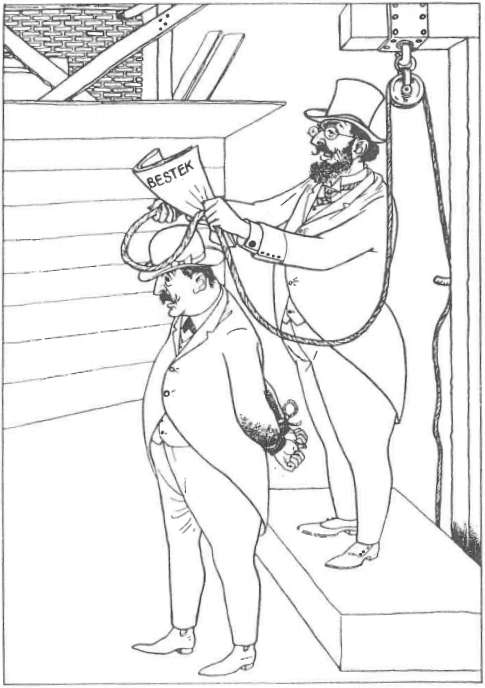Legal discipline since early twentieth century
The second edition of the handbook ‘A concise overview of Dutch Construction Law’ [Bouwrecht in kort bestek], which contained some fascinating insights, was published in 1992. For example, construction law was only recognised as a discrete discipline at the early twentieth century. Conversely, building regulations already existed in the Middle Ages in the so-called urban decrees, ordinances, charters and statutes per state or region. This was a precursor to the public law version of construction law which, even today, continues to influence spatial planning law. The public law aspects of construction law is something we are happy to leave to others. We are fascinated by the civil law version.
In the Netherlands, civil construction law was first enshrined in law when the Dutch Civil Code (Burgerlijk Wetboek) was published in 1838, which was still clearly influenced by Napoleon. He was allegedly extremely distrusting of the contractors who built his fortifications. That suspicion made its way into the essence of the Civil Code section focused on contracting work, because this unilaterally places risks on the contractor. In fact, this formed the basis of efforts to distribute these risks more equitably, or to legally emancipate the contractor as a contracting party in relation to the commissioning authority. This endeavour always had Koos Rozemond’s full attention. That the following cartoon was part of his contribution to the Council of Arbitration for Construction Disputes’s commemorative book on its seventy-fifth anniversary should come as no surprise.

To correct this imbalance, standard terms and conditions were developed in the construction industry over time that regulated the legal relationship between the commissioning authority and the contractor and better and more exhaustively than in the Civil Code. These standard terms and conditions include the ABB 1968, the Uniform Administrative Terms and Conditions 1968 (UAV 1968), the UAV 1989 and the UAV 2012. The common factor in all these standard terms and conditions is that they assume a traditional division of the construction functions design and execution where the commissioning authority is responsible for the design and has it constructed by the contracting party. The UAV 2012 is currently being revised.
The use of standard terms and conditions for integrated forms of contracts, or UAV-GC 2005, is relatively new in the Dutch construction industry. Unlike the UAV, the UAV-GC 2005 places the design and execution for the commissioning authority in the hands of a single party, namely that of the contractor. These kinds of projects are also known as design & build, design & construct or turnkey. These terms and conditions are also currently under review and are expected to be updated within the next few years.
The civil construction law we practice deals with disputes between commissioning authorities and contractors. The most common construction disputes are:
- attribution of liability for defects
- delays and the consequent losses
- contract variations
- guarantees
Want to know more about our approach?
We help by preventing problems and disarming disputes. With an estimate of fees and benefits upfront and an honest view of the risks. Find out more about our approach & fees and our firm, or contact us directly.

